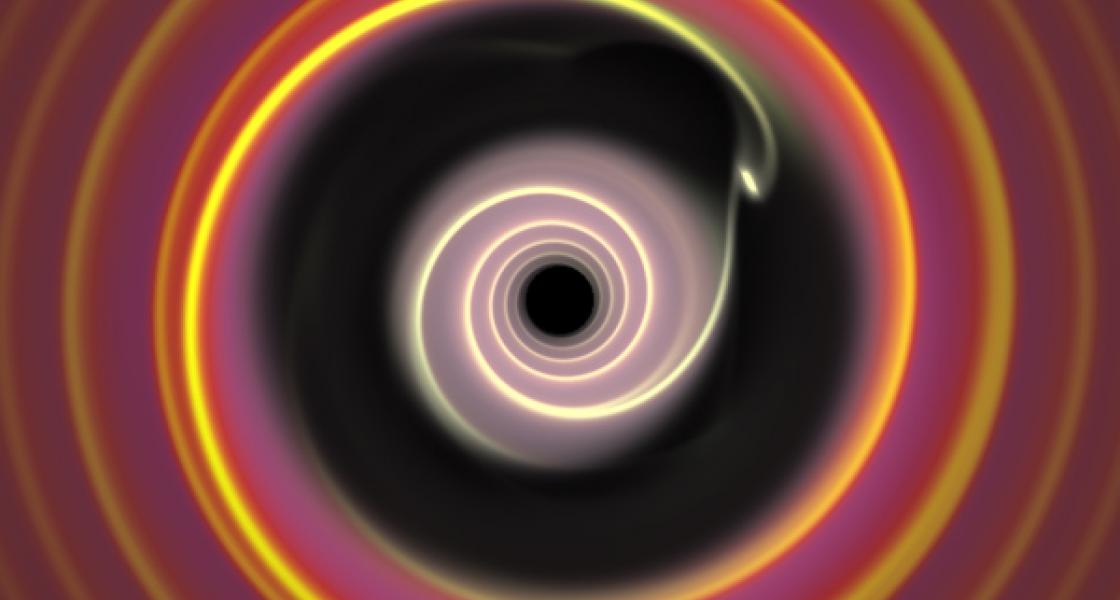Giant gas planets don't often stay in orbit where they're formed. They often move closer to their star or, occasionally, further away. Seldom do they remain in almost circular orbits such as those of Jupiter and Saturn. In fact, all but one of the giant gas planets discovered around other stars are closer to their star than Jupiter is to the Sun. A fraction of these planets are even closer than Mercury!
Discovering planets so close to their star created a kind of cosmic mystery. Planets simply cannot form where they're being observed. Here's why: Protoplanetary discs give rise to planetary systems during the 10 million years or so that they exist before being sucked inside a new star. The discs are composed of gas and small clumps of rock and ice that coalesce to form the cores of gas planets. Close to a star, it's simply too hot for icy materials to exist, and even the rocky materials would be vaporized. Without the formation of a rocky/icy core, there is nothing to attract and hold the gaseous envelope characteristic of the gas giants.
For this reason, theorists posit that extrasolar gas planets must have formed as far from their star as Jupiter is from the Sun, and then moved to where they're now observed. To test this theory, Fellow Phil Armitage and collaborator Ken Rice of the University of California at Riverside study both the locations and conditions that favor planet formation and the gravitational interactions between planets and protoplanetary discs that could cause planet migration.
These studies show that planets can form at different times during the lifetime of the protoplanetary disc, depending on the concentration of iron and other metals in the disc. Planets around the stars with the lowest metal concentrations take longer to form, form later, and stay put. Planets around metal-rich stars form quickly, early, and frequently migrate.
When planets form early, gravitational interactions between the planet and the disc (shown in the computer simulation on the right) can pull the planet toward, or even into, the star. This interplay can occur because the disc still contains as much mass as the new planet. However, if the planet forms late, there isn't enough mass left in the disc to carry the planet in toward the star. Thus, planets like Jupiter must have formed near the end of the lifetime of the Sun's protoplanetary disc, according to Armitage and Rice.
Their analysis also predicts that few metal-poor stars will have planets, and those that do will not have gas giants, just rocky planets like Earth, which form far more slowly than their giant gas cousins. In contrast, 20% of metal-rich stars are known to have gas giant planets in orbit around them. It's possible that more giant gas planet cores actually form in the early history of metal-rich star systems, but only a few survive their disc's journey into the star.
Two papers reporting the work described here were posted online on May 30, 2005 and July 20, 2005. The first has been accepted for publication in the Astrophysical Journal, and the second will appear in the proceedings of the Space Telescope Science Institute's May 2005 Symposium, "A Decade Of Extrasolar Planets Around Normal Stars." - Julie Phillips




